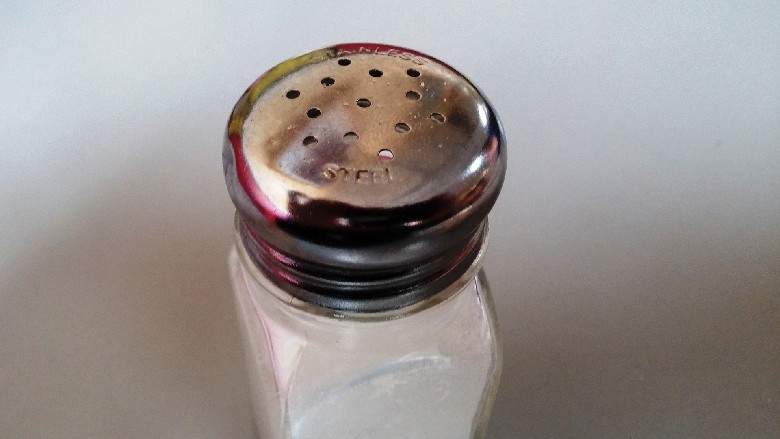The National Provisioner recently asked Jordan Timm, R&D Lead, Salt, for Cargill, about approaches to sodium-reduction strategies. She shared the following insights:
- What advantages does using potassium salt in meat products offer compared with sodium?
Sodium reduction is the big advantage gained by including potassium salt in meat product. Sodium reduction can be a challenge in meat applications as salt influences everything from flavor and yield to microbial control. However, we’ve found potassium chloride, which can now be labeled as potassium salt, is a good replacement for sodium chloride. Because potassium salt brings many of the same functionalities as salt, it enables brands to reduce salt by up to 50% in certain applications.
Beyond sodium reduction, potassium salt can be an additional source of potassium, an under-consumed nutrient that is known to counter the effect of sodium on blood pressure. Currently in the U.S., adults are consuming only about half of the recommended dietary intake of potassium according to the Institute of Medicine (IOM).1 Regulatory authorities and scientific bodies agree that Americans should consider increasing their intake of foods that provide potassium, indicating the potassium chloride could potentially be a long-term solution to combat overconsumption of sodium.
Further, our proprietary research finds potassium salt is well received by consumers, especially when paired with sea salt. When potassium salt and sea salt appear together on an ingredient label, consumers will actually seek out the product because it has stronger health perceptions than either salt or potassium salt as stand-alone ingredients.
1IOM. 2005. Chapter 7 – Potassium. In: Dietary Reference Intakes for Water, Potassium, Sodium, Chloride, and Sulfate. Panel on Dietary Reference Intakes for Electrolytes and Water, Standing Committee on the Scientific Evaluation of Dietary Reference Intakes, Food and Nutrition Board, Institute of Medicine (IOM). National Academy of Sciences (NAS), pp. 186-268. Available from: https://www.nap.edu/read/10925/chapter/7
- When using potassium salt in formulations (in bacon or ham, for example) is it used in the same percentage as sodium?
Potassium salt can serve as a 1:1 replacement for sodium chloride since this product offers similar functionality to salt, manufacturers can count on maintaining the same great taste, texture, and shelf life of their foods, all while still reducing the sodium content up to 50%. Deeper salt reductions, up to 50%, are possible in more seasoned products like meat sticks, while blander applications, like deli poultry meat, might only allow for a 30% salt reduction. Ultimately, finding the right balance will depend on the application, and our experts can help brands find the right solution for their specific product.
- What food safety and shelf life advantages does using potassium salt offer?
Potassium salt provides similar functionality to sodium chloride in this regard. Both ingredients act as preservatives by altering the activity of water in foods, thereby depriving microbes from using available water as a nutrient. That means the growth of pathogens and spoilage organisms is impeded when either sodium chloride or potassium salt is present. For example, these ingredients can help prolong freshness by preserving meats like beef jerky, because they help keep the meat dry and reduce potential microbial growth. In reduced-sodium applications, processors can replace salt with potassium salt by up to 50% in certain applications, without impacting food safety. Like salt, potassium salt controls microbial growth by decreasing water activity, limiting the ability of microorganisms to grow and reproduce.




Report Abusive Comment